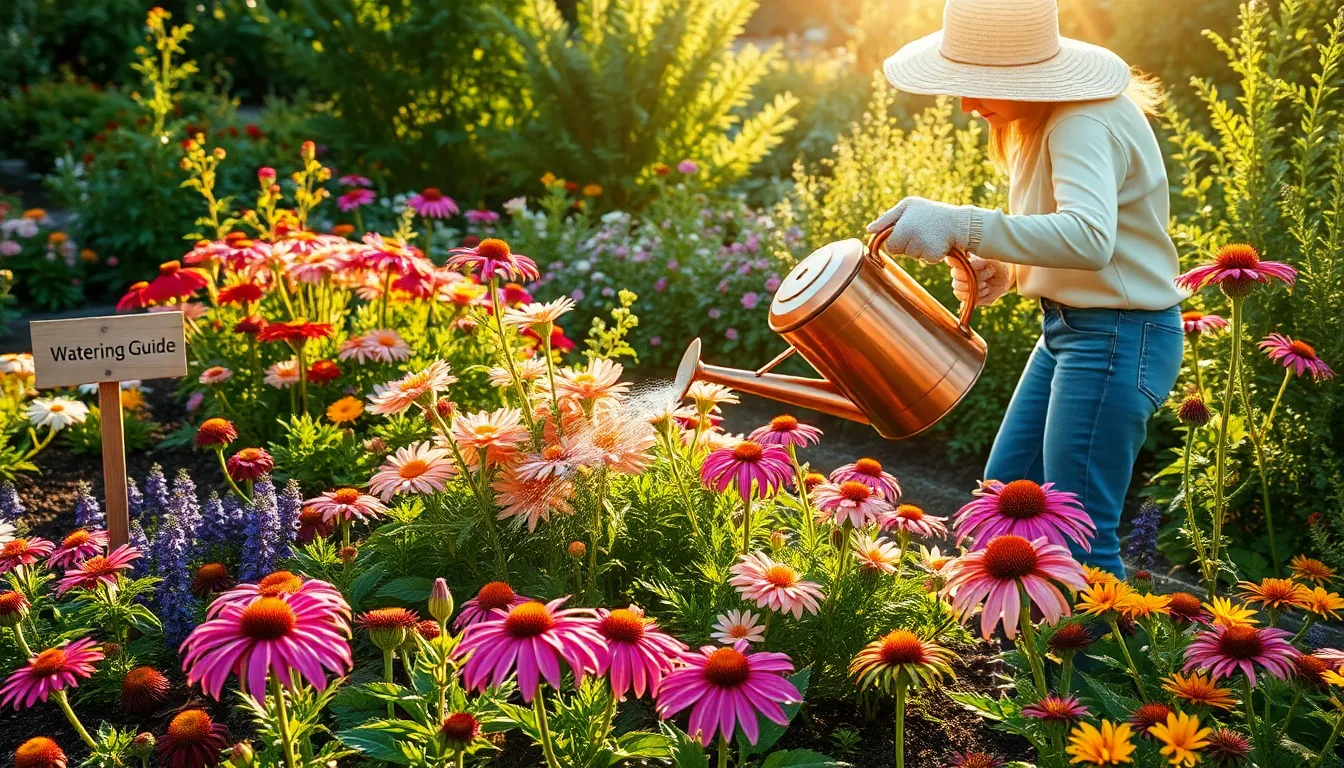The art of watering perennials is a delicate dance that every gardener, whether just starting out or seasoned with years of experience, must master. It’s not just about quenching a plant’s thirst; it’s about nurturing a vibrant garden that thrives year after year. Perennials, with their enduring charm and resilience, deserve our thoughtful attention when it comes to watering—a task that can seem deceptively simple yet holds the key to their long-term health and beauty.
Understanding the nuances of when and how to water your perennials can make all the difference in your garden’s success. This article will guide you through the best practices for watering these steadfast plants, ensuring they flourish through every season. From identifying the tell-tale signs of thirsty plants to discovering the optimal times for watering, you’ll gain insights that will transform your approach to garden care.
Whether you’re just planting your first perennial bed or refining a well-established garden, this guide will equip you with actionable knowledge to meet the unique needs of your plants. We’ll delve into techniques for conserving water while maximizing growth, and share tips for adjusting your watering routine throughout the year. By the end of this article, you’ll feel confident in your ability to create a vibrant, sustainable garden where perennials can truly shine.
Identify Optimal Watering Times
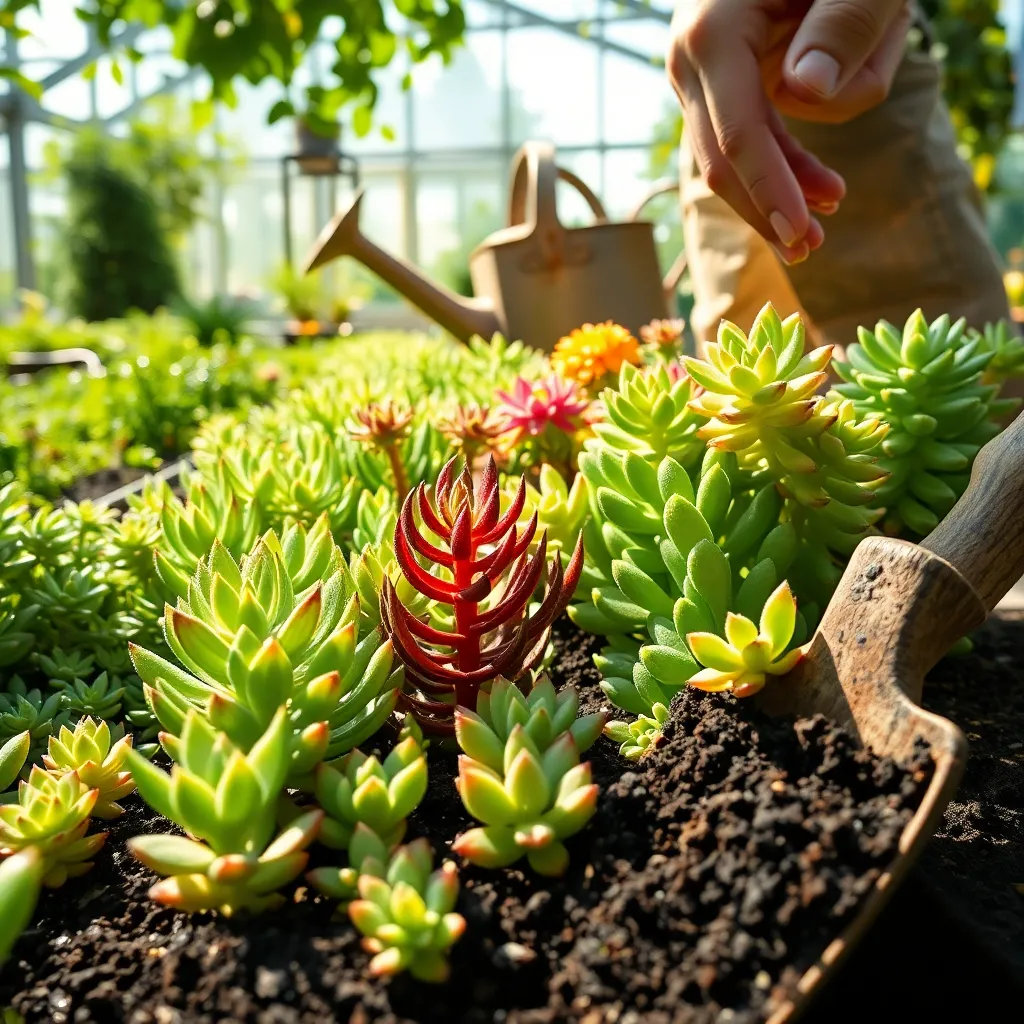
Watering your perennials at the right time is crucial for their health and growth. Early morning is the ideal time to water because it allows moisture to reach the roots before the heat of the day causes evaporation.
For gardeners who can’t water in the morning, late afternoon is the next best option. This timing ensures that plants can absorb the water before nightfall, reducing the risk of fungal diseases that thrive in damp overnight conditions.
Monitoring the soil moisture is essential to determine when your perennials truly need water. Insert your finger about an inch into the soil; if it feels dry, it’s time to give your plants a drink.
Different soil types can affect how often you need to water. Sandy soils drain quickly and may require more frequent watering, whereas clay soils retain moisture longer, allowing for less frequent watering schedules.
Experienced gardeners might consider using a drip irrigation system for more precise watering. By delivering water directly to the root zone, drip systems minimize waste and ensure that perennials receive consistent moisture.
Additionally, mulching around your perennials can help retain soil moisture and reduce the need for frequent watering. Organic mulches, such as shredded leaves or bark, not only conserve water but also improve soil health over time.
Assess Soil Moisture Levels
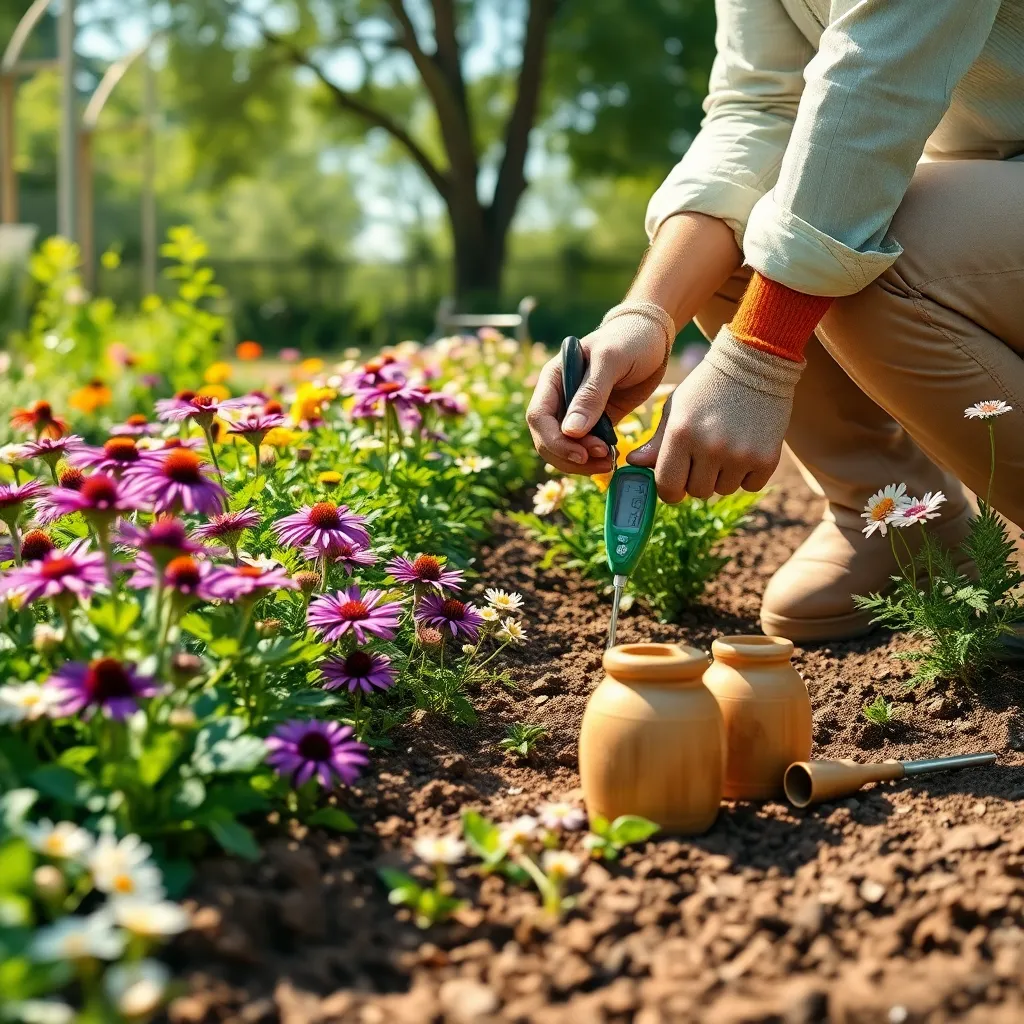
Understanding soil moisture levels is crucial for the health of your perennials. Before reaching for the watering can, take a moment to check the soil’s moisture content by inserting your finger about an inch into the soil. If it feels dry at this depth, it’s time to water. Conversely, if it feels moist, wait a day or two before checking again.
Utilizing a moisture meter can provide more precise readings, ensuring you don’t overwater or underwater your plants. These handy tools are relatively inexpensive and can save you from guessing the moisture level just below the surface. By inserting the probe into the soil, you can quickly ascertain whether your perennials require hydration. Moisture meters often have a scale that indicates whether the soil is dry, moist, or wet.
Another effective method is the weight test, which involves lifting a pot to assess its weight. A pot with dry soil will feel noticeably lighter compared to one with adequate moisture. This technique is particularly useful for container gardening, where soil dries out faster than in-ground plantings. Regularly checking the weight of your pots can help you develop an intuitive sense of when watering is necessary.
Experienced gardeners may employ a layered approach to soil moisture management by applying mulch. Mulching with organic materials like straw or bark not only helps retain soil moisture but also improves soil quality over time. This is especially beneficial in hot climates, where soil can dry out rapidly. Incorporating mulch into your garden routine can significantly reduce the frequency of watering, freeing up time for other garden tasks.
Water Deeply and Thoroughly
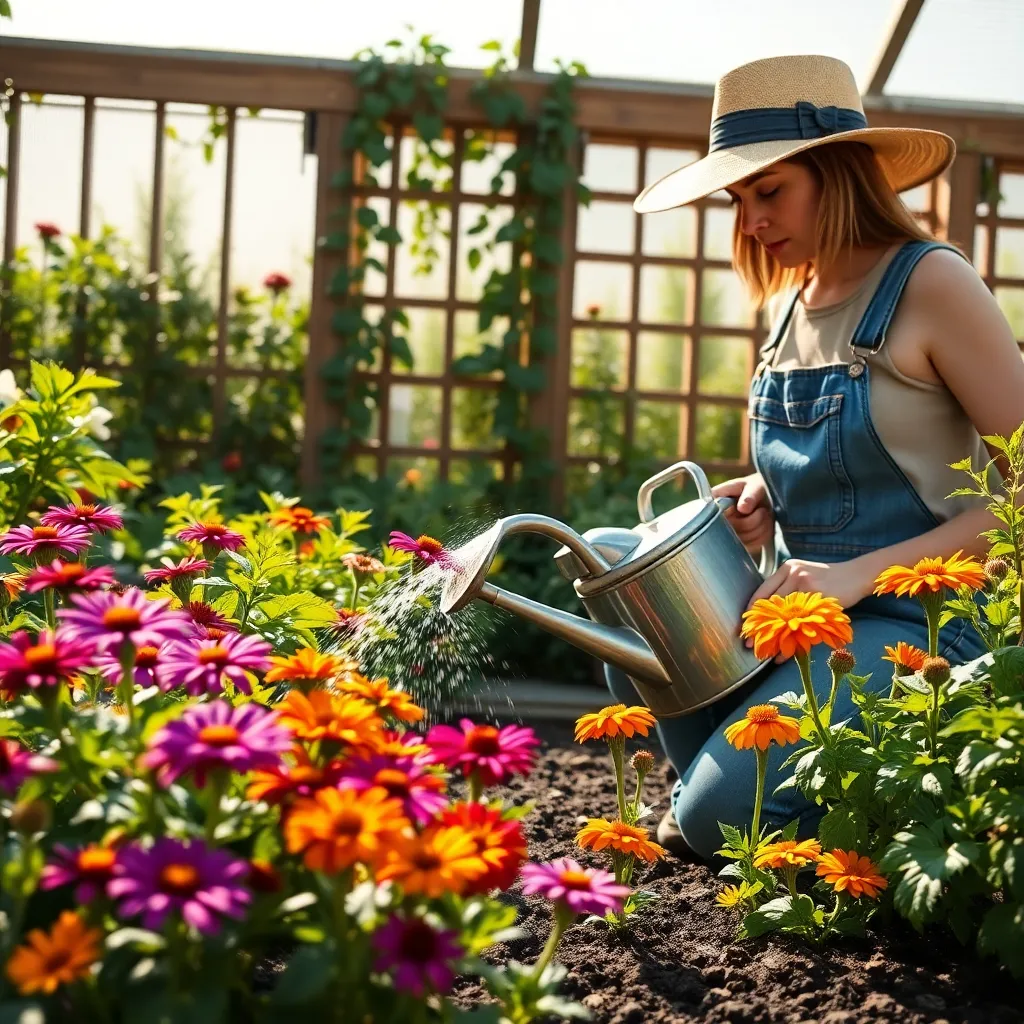
One of the keys to successful perennial gardening is understanding how to water deeply and thoroughly. Deep watering encourages root systems to develop deeper into the soil, improving drought resistance and overall plant health.
When you water, aim to moisten the soil to a depth of at least 6 to 8 inches, which is where most perennial roots reside. Using a garden spade or a soil probe can help you verify that you’ve reached this depth.
For many gardeners, the best time to water is in the early morning. This allows the foliage to dry out during the day, reducing the risk of fungal diseases that can thrive in damp conditions.
In areas with clay soil, which retains moisture longer, you might need to water less frequently but more deeply. Sandy soils, on the other hand, drain quickly, so they may require more frequent watering for the same effect.
- Use a soaker hose or drip irrigation to target the root zone directly, minimizing water waste.
- Avoid shallow, frequent watering, as this encourages shallow roots and can lead to plant stress.
- Consider mulching around your perennials to help conserve moisture and moderate soil temperatures.
By adopting a deep and thorough watering approach, you cater to the natural growth habits of perennials. This not only supports their health and vigor but also enhances their ability to withstand dry spells and adverse weather conditions.
Adjust for Seasonal Changes

As the seasons change, so do the watering needs of your perennials. In spring, when growth is vigorous, ensure your plants receive consistent, deep watering to support their development.
During the summer months, increased heat and sunlight can lead to quicker evaporation, requiring more frequent watering. Early morning is the best time to water, allowing moisture to penetrate the soil before the day’s heat intensifies.
Autumn brings cooler temperatures and reduced daylight, meaning perennials will need less water. However, it’s crucial to keep the soil moist as plants prepare for winter dormancy, helping them transition smoothly into the colder months.
Winter care varies depending on your climate; in milder regions, continue to water occasionally to keep the soil from drying out entirely. In areas with heavy frost or snow, focus on ensuring good drainage to prevent root rot from excess moisture.
For gardeners in arid climates, consider mulching around your perennials to retain soil moisture and reduce watering frequency. Mulch acts as an insulating layer, maintaining consistent soil temperatures and protecting roots from extreme weather fluctuations.
Monitor for Overwatering Signs
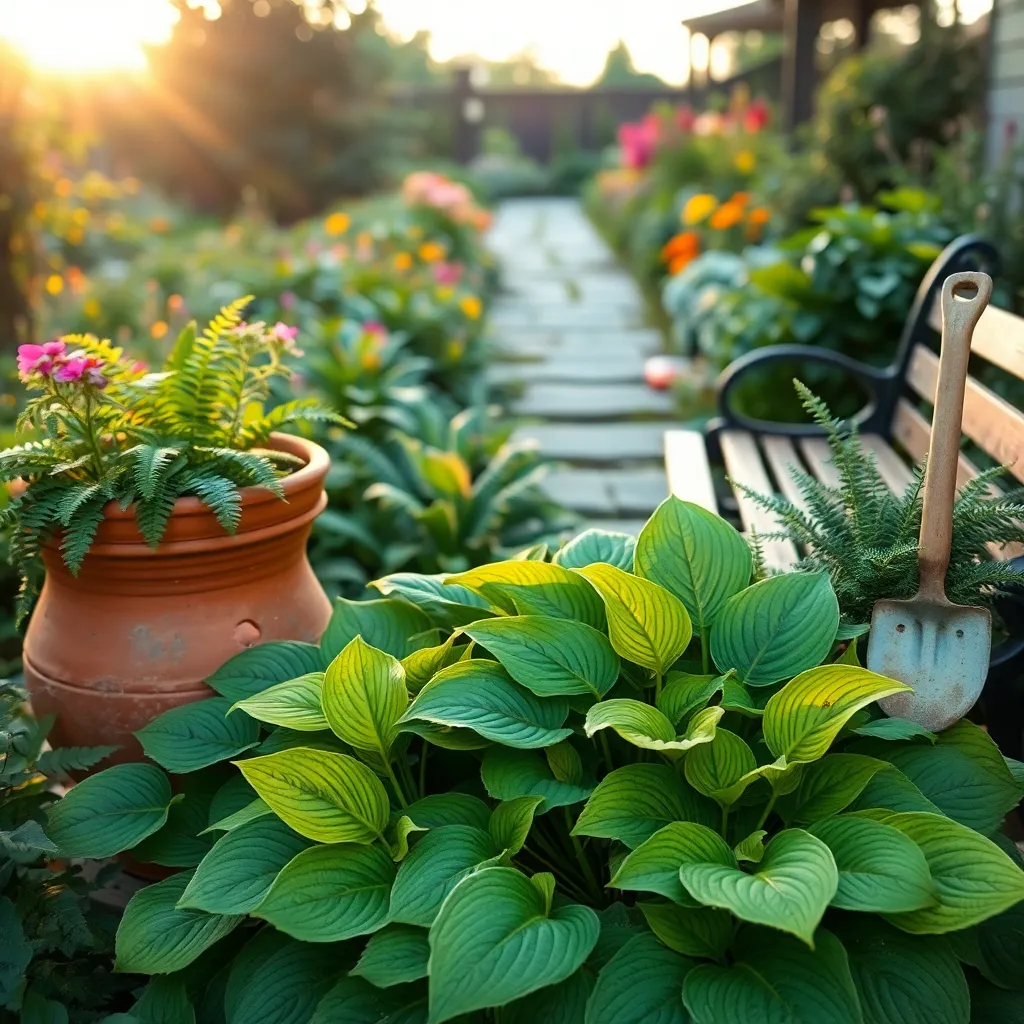
Recognizing the signs of overwatering is crucial for the health of your perennials. If you notice yellowing leaves or a soggy soil surface, it may be time to adjust your watering habits.
One effective way to check for overwatering is by feeling the soil with your fingers. If the top inch of the soil is still moist, it’s best to wait before watering again to allow the roots to breathe.
Consider the drainage of your soil as a key factor in preventing overwatering. Improving soil drainage with organic matter, like compost, can help mitigate water retention issues.
Experienced gardeners often use mulch to balance soil moisture levels. Mulch helps retain moisture during dry spells and also prevents water from pooling during wet periods, reducing the risk of overwatering.
Conclusion: Growing Success with These Plants
As we journey through the nurturing of perennials, we uncover valuable parallels in cultivating thriving relationships. First, just like understanding your plant’s unique needs, recognizing your partner’s individual emotional and psychological requirements is crucial. Second, consistent care and attention, akin to regular watering, nurture connection and growth. Third, adapting to seasonal changes parallels with being attuned to the evolving phases of your relationship. Fourth, knowing when to step back and allow for space reflects the importance of balance between togetherness and individuality. Lastly, integrating patience, much like waiting for a perennial to bloom, is key to fostering deep, lasting bonds.
To implement these insights immediately, take a moment today to learn one new thing about your partner’s needs or aspirations. This simple act can open up new avenues for connection.
Remember to save or bookmark this article as a resource for continuous growth in your relationship journey. By doing so, you’ll have a nurturing guide at your fingertips whenever needed. Looking forward, with dedication and understanding, your relationship can blossom into an enduring partnership, flourishing with love, joy, and mutual respect. Embrace these insights, and watch your relationship thrive.

